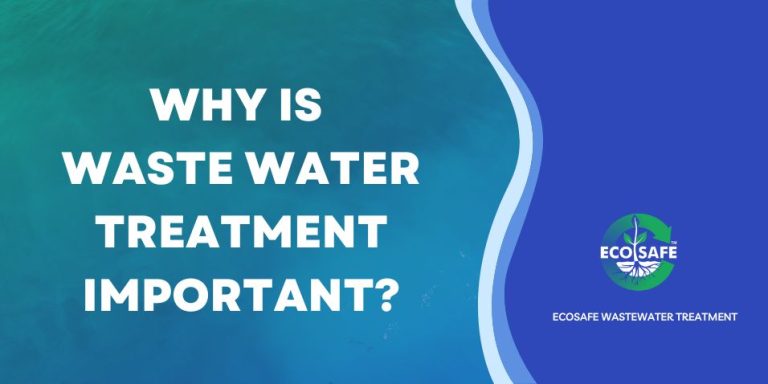4 Simple Techniques For Reclaim Waste
Table of ContentsReclaim Waste Can Be Fun For EveryoneWhat Does Reclaim Waste Do?How Reclaim Waste can Save You Time, Stress, and Money.The Definitive Guide to Reclaim WasteOur Reclaim Waste Diaries
Domestic sewer waste refers to the waste and products from a household septic tank. The proper management and disposal of residential sewage waste require fluid waste to be moved to a sewage therapy plant where the appropriate methods and tools are applied to cleanse and dispose of waste.
Industrial waste usually consists of possible dangers, such as flammable materials or a combination of liquid and solid waste items, and needs an advanced and thorough disposal process. The disposal of business waste typically involves the filtering of waste before transportation to make certain secure and proper disposal. Hazardous waste is produced from by-products and overflow of industrial processes and production.
This sort of waste can not utilize the very same sewer administration transport or processes as septic or commercial fluids. The hazardous waste administration process calls for the examination and testing of liquid waste prior to it goes through the disposal process (liquid waste disposal melbourne). Overflow waste is the liquid waste that originates from runoff and excess stormwater in extremely booming areas or cities
Overflow waste can cause contamination and flooding if not handled effectively. Making sure appropriate waste management can stop calamities and minimize ecological injury.
4 Simple Techniques For Reclaim Waste
Contact PROS Providers today to learn more about our waste administration and disposal solutions and the appropriate ways to look after the fluid waste you generate.
Do you understand what takes place to your water when you draw the plug, flush the toilet or drain pipes the cleaning machine? No? Well, it deserves understanding. This supposed 'wastewater' is not just an essential resource however, after treatment, will be released to our land, waterways or the ocean. Used water from toilets, showers, bathrooms, cooking area sinks, laundries and commercial processes is known as wastewater.

water utilized to cool down machinery or tidy plant and equipment). Stormwater, a type of wastewater, is runoff that moves from farming and urban locations such as roof coverings, parks, gardens, roadways, paths and seamless gutters right into stormwater drains, after rainfall. Stormwater streams without treatment straight to neighborhood creeks or rivers, at some point getting to the sea.
How Reclaim Waste can Save You Time, Stress, and Money.
In Queensland, many wastewater is dealt with at sewer therapy plants. Wastewater is moved from residential or commercial sites via a system of sewage systems and pump terminals, recognized as sewage reticulation, to a sewage treatment plant.
The Department of Natural Resources advises city governments about managing, operating and keeping sewerage systems and treatment plants. In unsewered areas, regional governments may need householders to mount individual or house sewage treatment systems to deal with domestic wastewater from toilets, kitchens, bathrooms and washings. The Department of Natural Resources authorises using home systems when they are verified to be reliable.
A lot of stormwater gets no treatment. In some brand-new communities, treatment of some stormwater to eliminate litter, sand and gravel has started utilizing gross contaminant catches. Wastewater therapy takes place in 4 stages: Removes solid matter. Bigger solids, such as plastics and various other objects mistakenly released to sewers, are removed when wastewater is travelled through displays.
Wastewater after that streams right into huge storage tanks where solids work out and are gotten rid of as sludge. Oil and residue are skimmed from the surface. Makes use of tiny living microorganisms called micro-organisms to break down and eliminate remaining liquified wastes and fine bits. Micro-organisms and wastes are incorporated in the sludge. Gets rid of nitrogen and phosphorus nutrients that might cause algal blooms in our rivers and intimidate aquatic life.
Getting The Reclaim Waste To Work
Nutrient removal is not available at all sewer therapy plants due to the fact that it requires costly specialized tools. Clear liquid effluent produced after treatment might still have disease-causing micro-organisms - liquid waste disposal melbourne.

A lot of wastewater moves into the sewerage system. Under the Act, regional governments administer approvals and permits for environmentally appropriate activities (ERAs) entailing wastewater releases that may have a local influence.
Top Guidelines Of Reclaim Waste
Otherwise, samples are taken for laboratory evaluation. Commonly lots of examinations are needed to establish the degrees of each of the various toxins such as oils, heavy metals and chemicals in water. Monitoring gives factual information about water top quality and can verify that licence conditions are being met. The info acquired via surveillance supplies the basis for making water high quality choices.
Comments on “Reclaim Waste Fundamentals Explained”